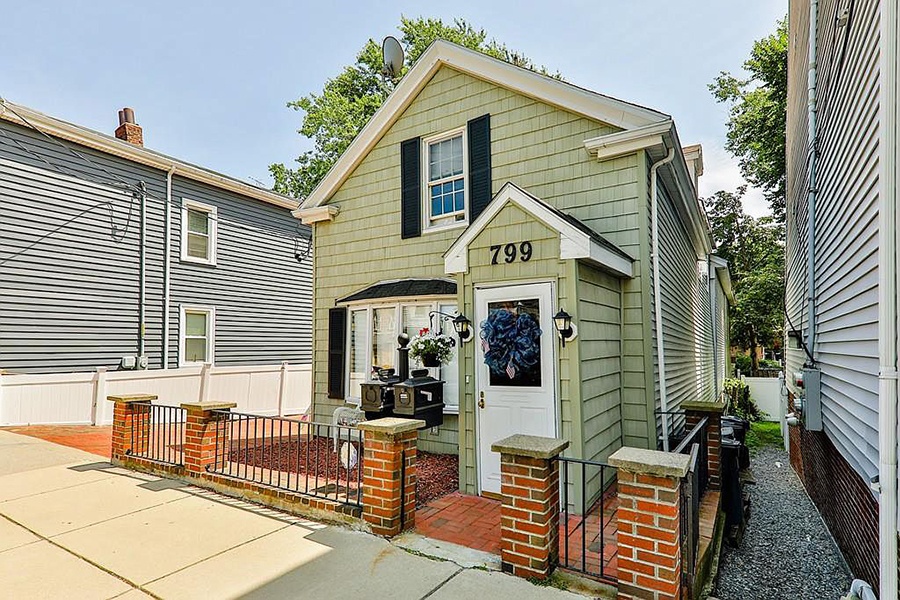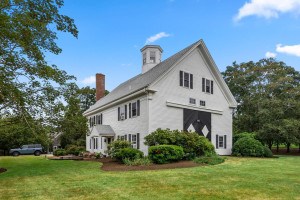Updated: Boston Has Decided to Demolish Whitey Bulger’s “Haunty” House
The Boston Landmark Commission has deemed the infamous home "not significant."

Photo via Compass
Update 12/17/19 11:30 a.m.: It’s the end of an area for the Haunty—and the start of a new one for its neighbors. After 10 days of evaluating the “historical, architectural, cultural, or urban design significance” significance of 399 East 3rd Street, the Boston Landmark Commission ruled on Friday that the building is “not significant,” completing the Article 85 process, and giving the green light for demolition. From witnessing several grisly murders to serving as a family home, the building’s history is fraught, to say the least. Hopefully the incoming bulldozers pave the way for a brighter narrative, as well as space for the new four-unit townhouse.
Previously: It’s been four months since the Haunty first hit the market. Though the pale green facade and simple black “799” numbering above the doorway may not hint at a sinister history, Whitey Bulger himself once walked through that very door, took three of his victims’ lives, and buried their bodies in the basement.
That is to say, when it was listed for sale this summer, the feng shui was off, bad mojo was abundant, and the listing agent at the time said she would be very pleased to see the place torn to the ground. It was that intention, in fact, that brought about the $3.5 million asking price when Compass listed it in July—just a tiny increase from the $120,000 the owners had paid for it back in the ’80s. Though 799 East 3rd Street itself, which includes the Haunty and its 2014 addition, wrapped around just under 4,000 square feet of living space, the parcel is actually zoned to allow for 10,000 square feet of living space—room enough for a giant South Boston mansion, or a multi-family development.
The Haunty’s buyers have gone for the latter. Notice of an Article 85 application submitted to the Boston Landmark Commission surfaced on FB. The application itself describes a plan to knock down that old single-family and replace it with a shiny new “townhouse style development” comprising four units and eight parking spots.
There’s just one problem. The South Boston home dates back to 1890, and any building in Boston older than 50 years typically merits approval by the Boston Landmark Commission before developers can come in with the bulldozers. So, now, the city has ten days to consider the almost 130-year history of the building, and decide whether or not it’s “significant.” If not, goodbye Haunty, hello four-unit townhouse. But if they do deem it significant, the demolition will be officially delayed. Community and Commission hearings will ensue, and a 90-day hold could be invoked to act as a forcefield around the Haunty. Though it’s not a part of the demolition delay process, separate steps could even ostensibly be taken to declare it a Boston Landmark.
Submitting and reviewing demolition delay applications may just be part of living in a city with lots of old buildings. But when that history has been tainted by violent crime, we’re tasked with considering whether it’s more valuable to preserve it, or move on.
If you have any opinions on the fate of the Haunty, speak now or forever hold your peace: send an email to the BLC with your thoughts on the significance of the building.


